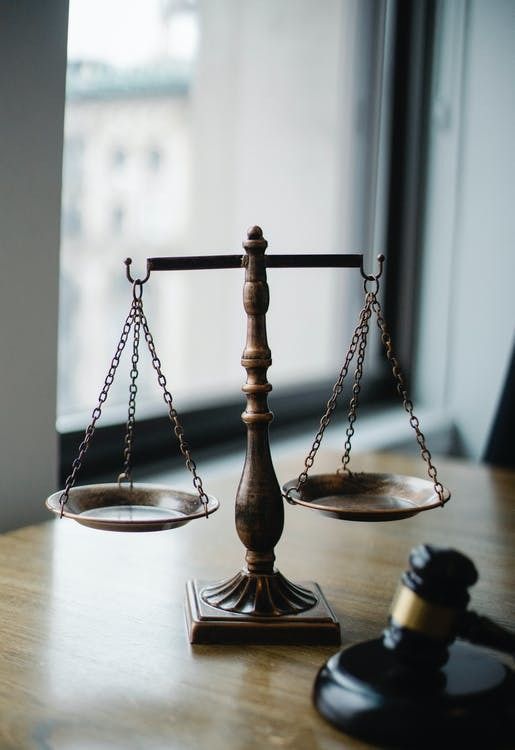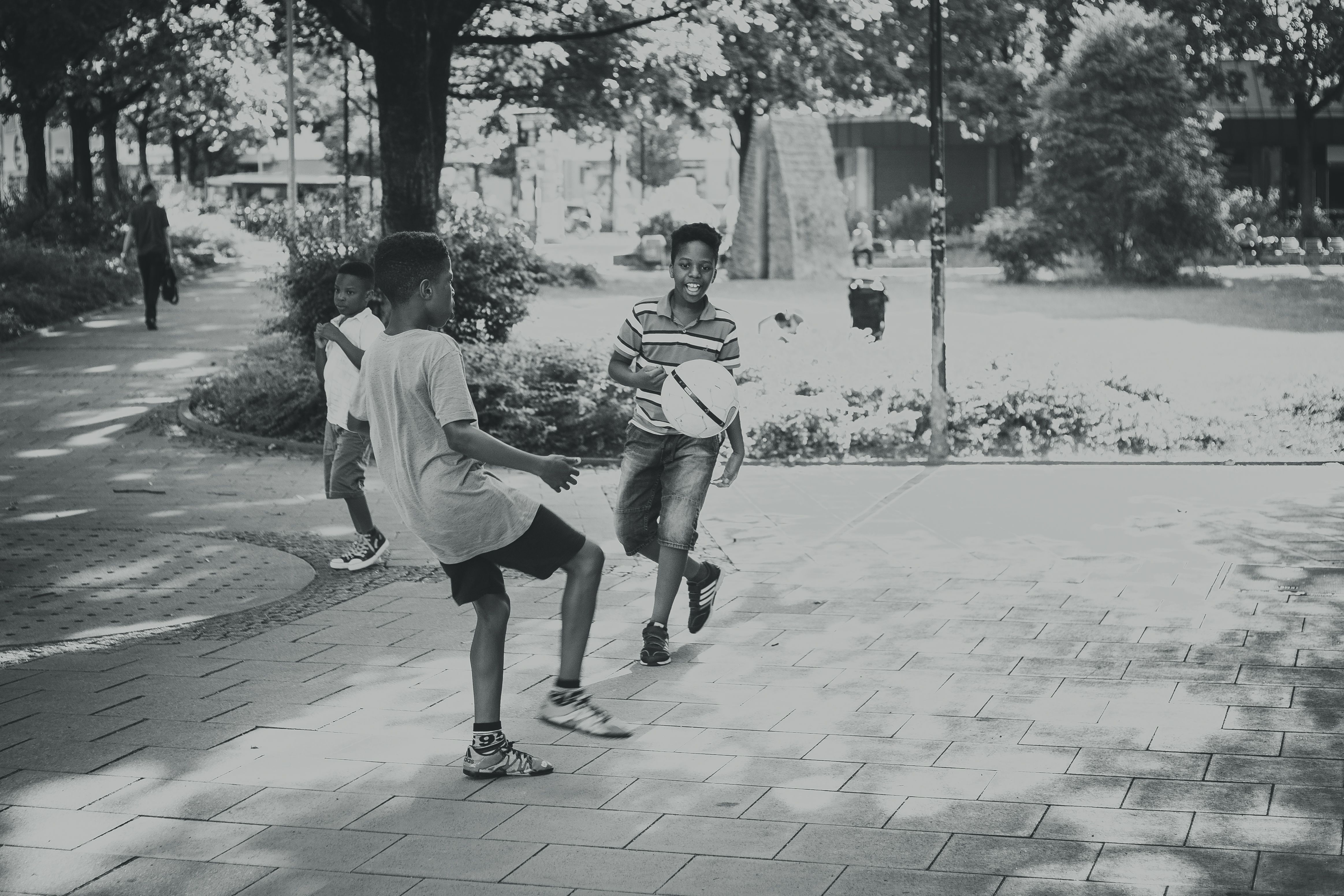
This year we have witnessed tremendous efforts to fight injustice in the United States. Relationship violence is one of many issues that relates to the larger conversation about injustice and oppression. Relationship violence and abuse affects every community- every race, sexuality, socioeconomic class, and gender identity. However, there are specific factors that contribute to partner violence and barriers that prevent victims from receiving the support they need. These factors and barriers unequally affect vulnerable communities.
It’s important to understand the issues that affect communities so that when we hear shocking statistics, such as the percentage of black women who have experienced relationship violence, we can better understand why these statistics exist. Black, Indigenous, and people of color (BIPOC) experience high rates of relationship violence because of issues of oppression that face their communities. Being educated on what these issues are can help us to address and change the conversation surrounding BIPOC and relationship violence.
Factors that affect relationship violence in communities:
The stress of poverty: Poverty is a risk factor for experiencing relationship violence. There are a multitude of reasons why this is the case. Poverty affects a person’s:
- Development: a child may miss developmental and educational milestones which in turn increases their risk of being able to navigate relationships in a healthy way. BIPOC are more likely to experience mental health issues related to the stress of growing up in poverty, which affects their ability to respond to stress. When a person does not have the tools needed to cope with stress, they are more likely to choose destructive and abusive behaviors in response to relationship conflict.
- Exposure to violence: an important way that people learn is through modeling, which is learning through watching and imitating the actions of others. Children growing up in low-socioeconomic communities are at a higher risk of witnessing violence, and therefore a higher risk of modeling violence in their own relationships.
- Lack of social support: Communities with high rates of poverty lack the same institutions that other communities benefit from, which can result in lessened connection between community members. Social support is necessary for an individual’s mental health and relationship functioning. This support serves as a resource for victims, as it can help them to identify abuse and safely leave a relationship. Without strong social support systems, a community is more likely to face higher rates of relationship violence.
Inability to access resources: Resources that both prevent relationship violence from occurring and that support victims are essential for communities. BIPOC communities are less likely to have access to these resources, which is correlated with an increased risk for relationship violence. Some examples of resources that support mental health and promote healthy relationships include:
- Therapy and medication for mental illness
- Mental health education
- Sex and relationship education
- Community programs, such as after school sports or clubs
Language barriers: For people who do not speak English as their first language, navigating systems that help victims or education that prevents violence can be difficult. For example, some women may be hesitant to seek support from a shelter for victims of abuse out of fear that she will not understand the language being spoken. It can be difficult to find relationship or individual therapy services, support groups, and educational classes that are both in a person’s community and are conducted in the language they are most comfortable speaking.
Fear of involving law enforcement: Non-white victims of relationship abuse may be less likely to call the police in response to assault or stalking because of police brutality rates in their community. Additionally, undocumented victims may be less likely to involve law enforcement out of fear of deportation. These factors make it more difficult for BIPOC victims to get the support they need, which can cause increased risk of further harm or increased likelihood of the victim staying in the relationship for longer.







